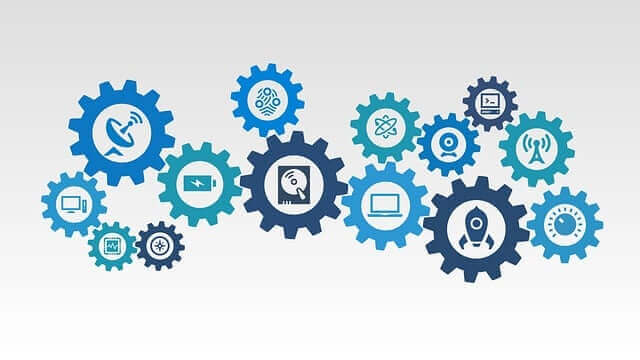
Human Experiences
Data Science and Analytics Glossary of Terms
Data Science and Analytics Glossary of Terms
If you've ever heard someone use the terms "data science" or "data analytics," you may have been confused. Data science and analytics are two different fields, each with its own set of terms. It's important to learn the language of both fields in order to appreciate their capabilities and potential.
A/B Testing: A/B testing is a process that's used to measure the success of two or more versions of something, from a website layout to a series of marketing campaigns.
Algorithm: An algorithm is a set of instructions used to complete a task or solve a problem. Algorithms are often used in machine learning to find patterns and draw conclusions from data.
Analytics: This is the process of collecting and analyzing data to gain insights into trends or patterns. It involves gathering data from multiple sources, such as databases, websites, and social media platforms, and then using statistical methods to interpret the data. Analytics can be used to make predictions about customer behavior, optimize marketing campaigns, or identify areas of improvement.
Big Data: "Big data" is a term that describes large sets of digital data (usually from machines or IT services) that are too large and complex for traditional data processing applications. Big data requires specialized techniques to analyze and use, such as distributed computing, cloud storage, parallel processing, and predictive analytics.
Bayesian Inference: Bayesian inference is a statistical analysis method that uses probability theory to make predictions. It combines prior knowledge about a problem or phenomenon with new evidence to update the probability of an event occurring.
Behavioral Analytics: Behavioral analytics that focuses on understanding human behavior. It uses data to understand how people interact with software, websites, and products. By understanding user behavior, companies can improve the customer experience.
Clustering: Data scientists use this unsupervised machine learning technique to group similar data points together for further analysis.
Data Science: This is an interdisciplinary field that combines computer science, mathematics, and statistics to analyze large datasets. Experts use it for a variety of applications, such as predictive analytics, data mining, and artificial intelligence.
Data Mining: Data mining is a process used to discover patterns and trends in large sets of data. It involves discovering hidden relationships between variables and devising models that can be used to make predictions or draw conclusions from the available data.
Data Warehouse: This refers to a storage system for large datasets. It's used to store structured data that can then be accessed and analyzed. Data warehouses are typically used by businesses to store customer information, sales records, and other types of business data.
Machine Learning: Machine learning is a foundational part of artificial intelligence that allows systems to learn from data and improve their accuracy over time. It's applied in natural language processing, image recognition, robotic process automation, and similar applications.
Natural Language Processing (NLP): NLP is a subfield of computer science primarily focused on understanding and processing human language.
Predictive Analytics: When you use data and algorithms to forecast future outcomes, you're performing predictive analytics. This involves building models and running simulations to identify likely future trends or behaviors based on past data. Predictive analytics can be used in a variety of applications, including health care, marketing, finance, and customer service.
Statistical Analysis: This is the use of mathematical models or algorithms to analyze data and draw conclusions from it. Statistical analysis is often used in the fields of finance, economics, and science to help people make predictions.
Supervised Learning: Supervised learning is a type of machine learning in which an algorithm is trained using labeled data. The algorithm uses what it learns from the labeled data to make predictions about new, unlabeled data.
Unsupervised Learning: In unsupervised learning, an algorithm learns from unlabeled data. The goal of unsupervised learning is to identify patterns or clusters in the data without any guidance about what those patterns might be. Unsupervised learning can be used for customer segmentation, anomaly detection, and other similar tasks.
Resources
- Understanding A/B Testing
- The Basics of A/B Testing
- What Is Analytics?
- What's the Difference Between Data Analysis and Data Analytics?
- Understanding Big Data
- What Is Big Data?
- What You Should Know About Bayesian Inference
- Why Do Behavioral Analytics Matter?
- Customer Analytics
- Everything You Need to Know About Clustering
- What Is Data Mining?
- How Data Mining Works
- The Importance of Data Warehousing
- Understanding Machine Learning
- The Role of Machine Learning
- Data Science vs. Data Analytics
- Natural Language Processing: What You Should Know
- Improving User Experience With Data Analytics
- Why Do We Need Predictive Analysis?
- What Statistical Analytics Is All About
- An Introduction to Statistical Analysis
- Market Research Software
- Supervised Learning for Beginners
- What Is Supervised Learning?
- Supervised and Unsupervised Learning
- Supervised vs. Unsupervised Learning: What's the Difference?